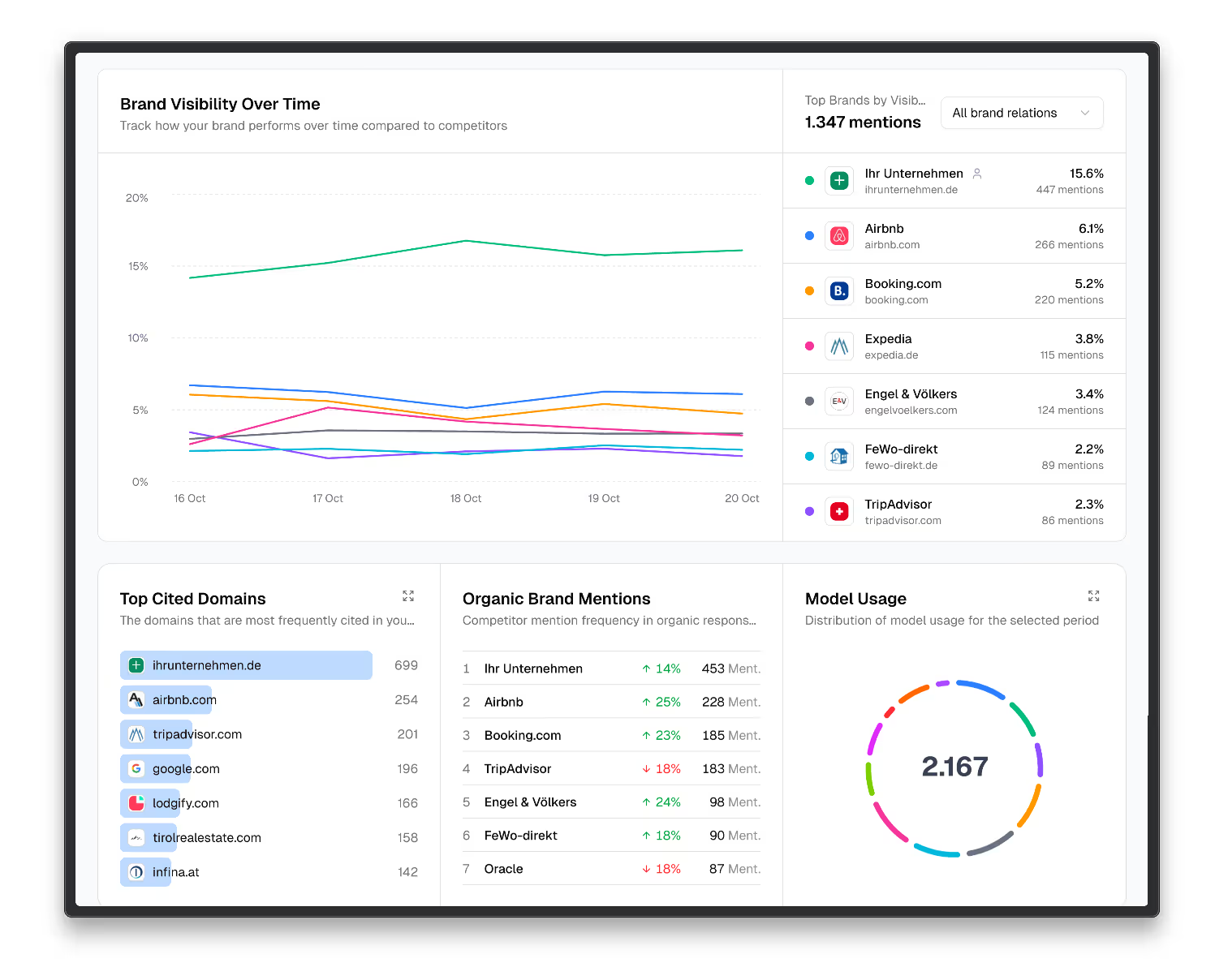Was ist eine No-Code-Plattform und wozu dient sie?
Eine No-Code-Plattform (auch No-Code-Entwicklungsplattform genannt) ermöglicht es Nutzern, Anwendungen, Websites und automatisierte Prozesse zu erstellen, ohne selbst programmieren zu müssen. Diese Plattformen richten sich insbesondere an Fachanwender und Unternehmen, die digitale Lösungen schnell, agil und unabhängig von Entwicklerteams umsetzen möchten.
Zentrale Merkmale und Vorteile von No-Code-Plattformen:
- Visuelle Entwicklungsumgebung:
Nutzer erstellen Anwendungen intuitiv per Drag-and-Drop-Oberfläche, ohne selbst Programmiercode schreiben zu müssen. - Vorgefertigte Bausteine:
Enthalten standardisierte Module wie Benutzerauthentifizierung, Datenbanken, Formulare oder Zahlungsintegration, die sich einfach miteinander kombinieren lassen. - Nahtlose Integrationen:
Viele No-Code-Tools lassen sich problemlos mit bestehenden Anwendungen und APIs verknüpfen, wodurch Datenaustausch und Prozesse automatisiert werden können. - Automatisierung von Arbeitsabläufen:
Erstelle effiziente Automatisierungen für wiederkehrende Aufgaben, die sonst manuell erledigt werden müssten, und spare Zeit sowie Kosten. - Sicherheit und Zugriffsverwaltung:
Plattformen bieten Sicherheitsfunktionen und Benutzerrollen, um Zugriffe auf Anwendungen, Daten und sensible Informationen effektiv zu kontrollieren. - Schnelle Umsetzung und Flexibilität:
No-Code ermöglicht schnelle Prototypenentwicklung, iterative Anpassungen und beschleunigt so den gesamten Entwicklungsprozess bis zur Marktreife. - Reduzierte IT-Abhängigkeit:
Fachanwender können eigenständig digitale Lösungen erstellen, ohne auf Kapazitäten von IT-Abteilungen oder externen Entwicklern warten zu müssen.
Typische Anwendungsbereiche von No-Code-Plattformen:
- Web- und App-Entwicklung:
Erstellung von Webseiten, mobilen Apps oder digitalen Services ohne eigene Programmierkenntnisse. - Automatisierung von Geschäftsprozessen:
Optimierung und Automatisierung interner Abläufe zur Steigerung der Produktivität im Unternehmen. - Datenvisualisierung und Reporting:
Erstelle interaktive Dashboards und individuelle Berichte, um wichtige Geschäftsentscheidungen datengetrieben zu treffen. - Optimierung der Kundenerfahrung:
Entwickle Portale, Landingpages oder Self-Service-Angebote, die die Interaktion und Bindung der Kunden erhöhen.
Bekannte Beispiele und Tools:
Beliebte No-Code-Plattformen sind unter anderem:
Diese Tools bieten vielfältige Möglichkeiten, digitale Projekte schnell und eigenständig umzusetzen.
Fazit: Warum No-Code-Plattformen sinnvoll sind
No-Code-Plattformen demokratisieren digitale Entwicklung. Sie ermöglichen auch Nicht-Entwicklern, schnell innovative Anwendungen und Lösungen zu erstellen. Vor allem Unternehmen profitieren von mehr Agilität, weniger Kosten und einer schnelleren Reaktionsfähigkeit auf Marktveränderungen.


